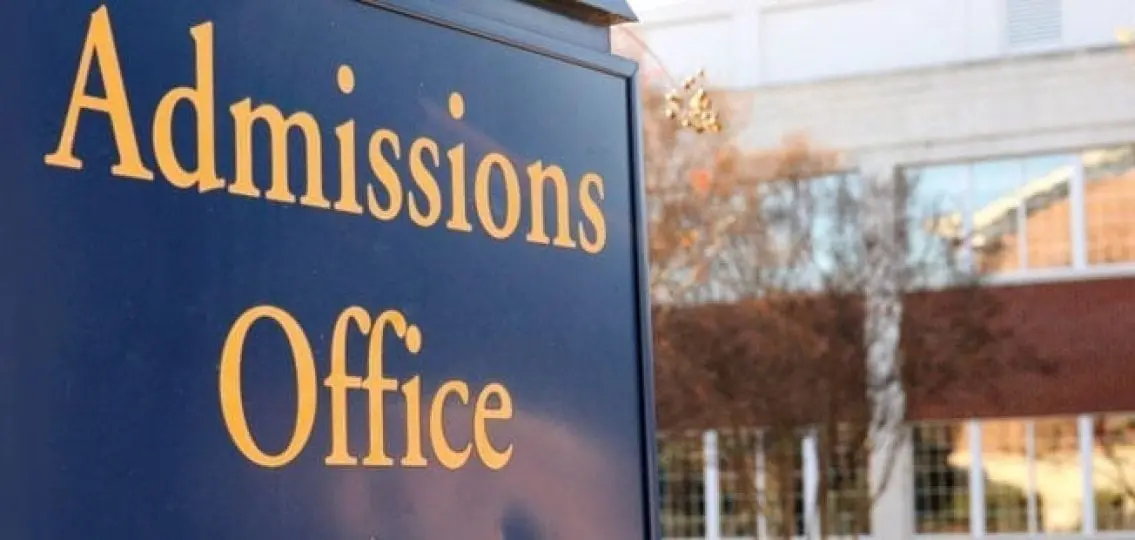That email your teen received from their “safety” school? They should probably open it when they receive it.
It may seem like an Orwellian twist, but applying to top-ranking universities now means your teen is being watched—not by Big Brother, but by the college admissions departments.

The Common Application Makes Applying to Multiple Colleges Easy
With over 900 schools using the Common Application, it’s less time consuming for students to apply to multiple colleges. This is good news for college-bound students juggling the demands of academics and extracurricular activities. The Common Application makes it possible for a student to apply to reach schools, target schools, and safety schools at the same time, with the average student applying to at least seven, and often many more, institutions.
Your child can only choose one school to attend and, assuming they are accepted everywhere they apply, that leaves at least six other universities holding spots for them. Teens are applying to more colleges and universities than ever before, which forces colleges to find new ways to sift through thousands of applicants and weed out those students who only applied as a backup.
“Demonstrated Interest” Calculations
Enter data mining.
Data mining and analytics is not a new concept in the college admissions process. Many schools have been using analytics to identify and target prospective students that, on paper, seem to be a good fit for the school. Collecting data on interested students takes the analytics process a step closer to Big Brother territory by capturing data without the student’s knowledge.
The Atlantic researched a specific company that’s producing the analytic software, Capture Higher Ed, and how they are collecting useful data for universities. Capture uses software that is able to track what web pages a prospective student visits, and how often. The tracking is made possible by a unique link sent to the prospective student via email or by the personal information the student provides on the university’s website.
Peek into a college prep forum like College Confidential and you’ll find a myriad of threads discussing how one can show “demonstrated interest,” a mysterious buzz phrase in the college admissions game. What defines demonstrated interest can feel mysterious because, unlike SAT scores and GPAs, there is no hard score to know when you’ve demonstrated enough interest to make admissions send you a letter of acceptance.
According to U.S News & World Report, demonstrated interest is used by admissions officers to determine whether a prospective student has shown enthusiasm and interest in the university over the course of the application process.
Open the Email – or Else
It’s unfortunate that a few mouse clicks could potentially determine college acceptance, but if your teen wants to get into a top-ranked school, they need to play along.
In the digital age, demonstrated interest is now calculated by collecting data from electronic interactions between a university and a prospective student. The data that colleges collect from digital interactions includes:
- How quickly an applicant opens an email communication sent by a school
- Whether the student clicks any of the embedded links inside the email
- How much time the student spends on the website
- Whether a student RSVP’d for an event and didn’t show
Is it going too far to allow analytic software to collect such data for colleges? It can be argued that it’s no different than Facebook offering advertisements based upon computer cookies. So, if your teen wants to make sure that their safety school remains a viable option, they should open the emails they receive and check out the links within.
Other Ways to Demonstrate Interest
While it may seem that the college admissions process is becoming a digital game, universities across the country haven’t done away with traditional interactions.
Face-to-face, in-person contact still reigns supreme, so teens should be attending open houses, campus tours and other live events their prospective college hosts for prospective and incoming students. After those visits, handwritten or emailed thank you notes still make an impact.
How Parents Can Help
The college admissions process can be daunting for both students and parents, but parents need to give their teens the room to lead the way.

While it might seem easier to take charge and guide the process, our teens are learning life lessons by taking the initiative with their college admissions. That’s not to say that we shouldn’t help, because we are an integral part of the college admissions process. The less we interfere, the more opportunities our teens have to develop the life skills they need to be successful, independent adults.




